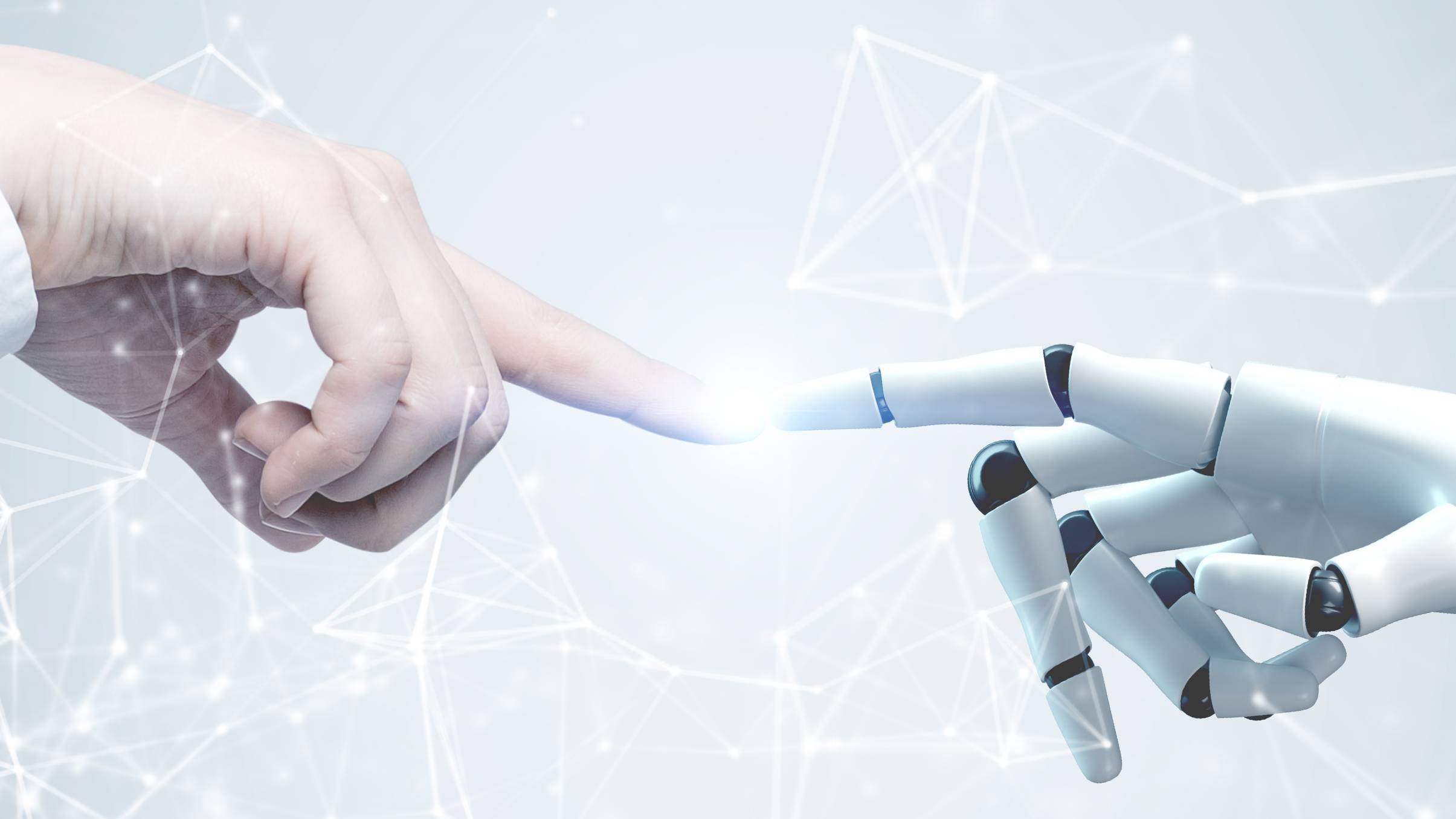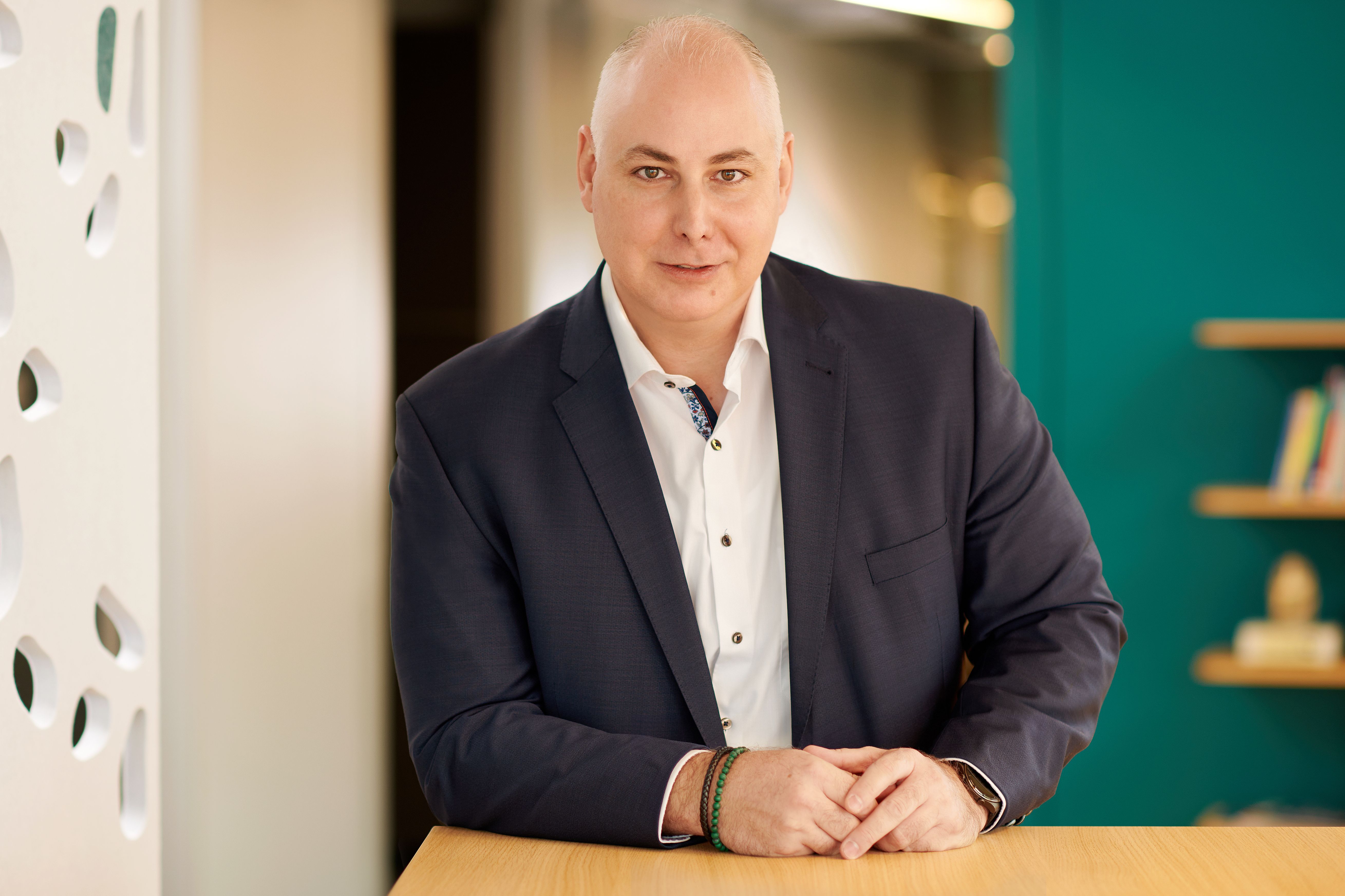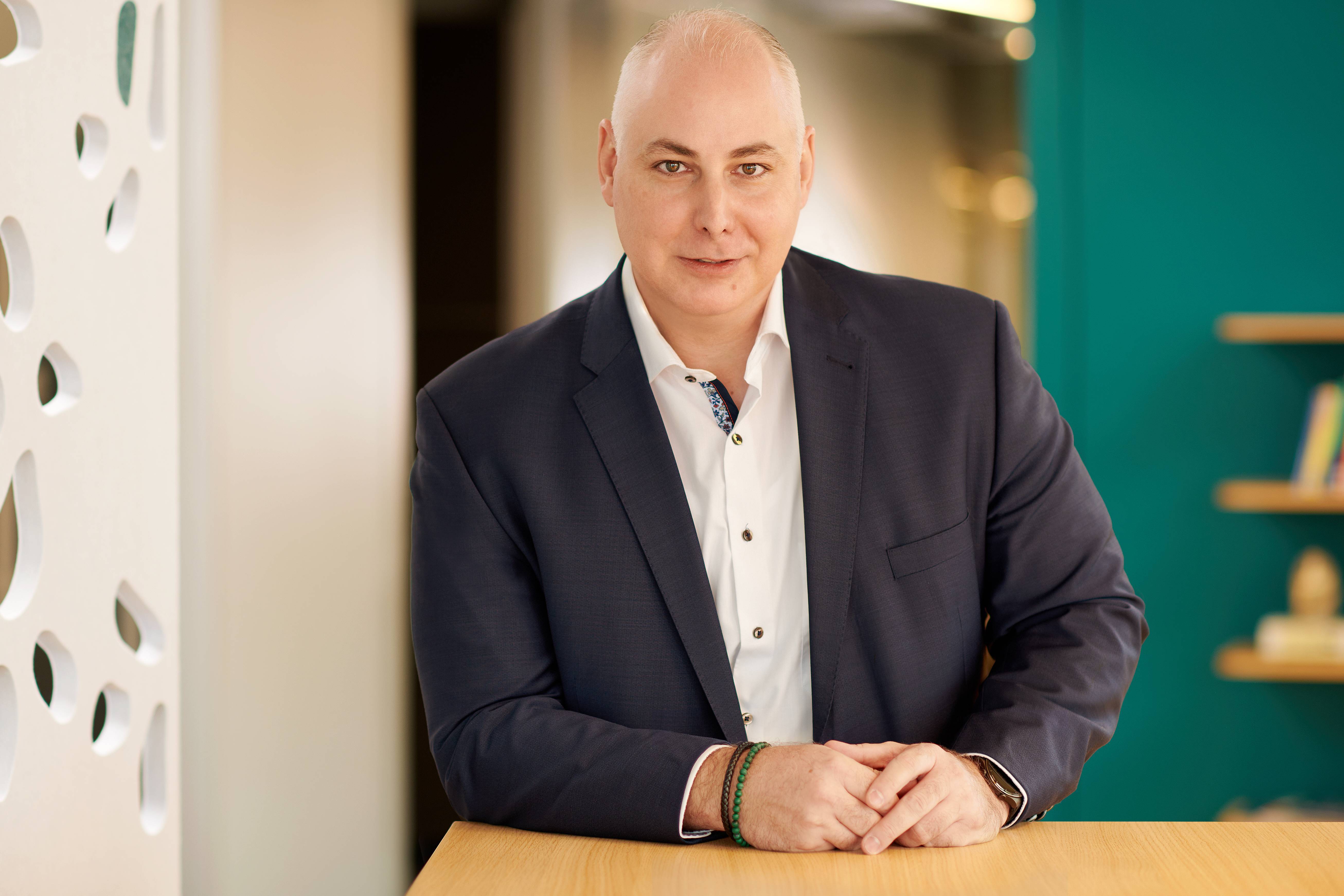
Have you defined your IT vision for 2025?

In 2022, we saw how volatile day-to-day business can be. Many firms in Switzerland are caught between running basic operations and innovating. In your view, what are this year’s hot topics going to be?
Roger Süess: The key priorities in my view are that enterprises continue to pursue their strategic digitalization and process automation goals consistently in order to work the market efficiently and effectively. I also think that managers should focus more strongly on talent management in the years to come. Given the current shortage of qualified labor, this subject should enjoy high priority especially in the IT sector. Empowering employees, training them, and developing their skills with a view to the future will increase engagement value, which can create a crucial competitive advantage in the market.
The development of new technologies such as AI clearly shows how quickly and dynamically the latter influences the market. Backed by AI, IT supports analysis aimed at improving the user experience and thus identifies customer needs even faster and more accurately. More than ever before, CIOs need to create the prerequisites for a modern, data-driven enterprise in order to remain in the game in the future. They play a key role in sounding out new opportunities and ideas.
What challenges do you identify for your customers in the modernization and digitalization of their IT? Can you list any best practices to cope with these challenges successfully?
Striking a balance between the time-consuming operation of old systems and establishing new modern IT service delivery is a major challenge for many enterprises. Not least because they lack the necessary experts and cost pressure is high. Successful transformation hinges on employees identifying with it and lending it their support. This means that resources must be invested in change management and that employees must be actively involved in the change process. The current requirements of an efficient, business-driven, and secure IT landscape are set high. Experience shows that this development has the best chances of success when supported by strong partners.
Modernize and get ahead? |
In terms of best practices, even as they define their strategy, we recommend that our customers review which aspects should be pursued in-house and where it is worthwhile outsourcing. Implementing the defined strategy is best conducted in small steps rather than a big-bang approach. Agile approaches can be used to respond effectively to market demand and volatility. Small, realistic steps take the enterprise to the next level stage by stage. Outsourcing server rooms or datacenters, extending cloud use, and the stage-by-stage development of new platforms are often the first steps towards a future-focused, dynamic IT. We support our customers during this process with our expertise and extensive partner network. Our cloud ecosystem is intentionally aimed at neutrality, with a pool of experts to ensure that our customers receive support that is tailored to their needs.
Requirements for flexibility, agility, automation, employee experience, security, and sustainability are increasing all the time. What role do technologies and solutions play in meeting these requirements?
IT plays an important role in the implementation of customer-centric, sustainable management. In a society that is already strongly characterized by digitalization, customers expect an outstanding personalized digital experience. IT forms the backbone and supports business units to achieve the required performance. Countless touchpoints generate data that needs to be processed and evaluated. With a view to efficiency and cost, IT application landscapes should be developed with an emphasis on leanness, sustainability, and adequacy.
Roger Süess: |
The potential for this is huge. From the flexible use of Infrastructure-as-a-Service to Platform-as-a-Service, modern IT takes advantage of new service models and cloud services, and shift its infrastructure into sustainable and secure datacenters. In terms of sustainability, IT is increasingly under pressure on issues ranging from the procurement of IT equipment to energy consumption. Outsourcing to modern datacenters improves its carbon footprint and ensures compliance with increasing security requirements. Our energy-efficient datacenters use optimized cooling systems and recycle waste heat. They are powered by renewable energy, which can also be used by our customers. Economies of scale can only be achieved in large, energy-efficient datacenters. Outsourcing thus contributes to corporate sustainability balance sheets.
You talk to decision makers all the time. What measures do you recommend to firms with regard to holistic IT to push ahead in this field? What are the key success factors?
Two topics are crucial. The first is to reflect on your own goals, the second is the hierarchical integration and incorporation of IT within the organization. On the second point, I frequently observe that IT departments are not involved in strategy development until very late on and this is also true of individual projects, despite the fact that their implementation hinges on IT. IT should be perceived as an enabler and catalyst for business to a greater extent today. It affects all aspects of business and often provides new disruptive solution approaches. At the same time, CIOs and their teams must focus more on developing comprehensive business awareness that takes customer perspectives into account and on networking.
Constantly reviewing goals is also important. The past three years have shown us how fast established concepts become obsolete. New work is just one example. In my opinion, reviewing strategy goals at each stage of digitalization and making any necessary adjustments is essential. On the market, we are seeing a move away from a cloud-first to a cloud-smart approach. Not all workloads are best-served in the public cloud. It depends on the criteria and goals. Enterprises that pursue clear aims, with technology expertise firmly seated across the organization, and that are capable of responding in an agile manner, are best prepared for the future.
Connected to all public clouds in the most direct way. |
Let’s take a look at the future: How will IT resources be put to best use in firms in the coming two to three years? In your opinion, what will have changes and where will there still be room for improvement?
Digitalization will continue to act as a catalyst. In the future, on-premises IT infrastructure will likely cease to be an advantage. The latter is generally more expensive and increasingly hinders flexibility. Maintaining and developing at a high level electricity supply security, availability, processes, not to mention securing the necessary qualified staff and focusing on security aspects are not among an enterprise’s actual core competencies. And when you include the fact that an increasing number of sustainability criteria need to be satisfied, it soon becomes clear that outsourcing makes sense.
The only question is how quickly individual industries will manage this. In the finance industry, and in many other sectors, extensive shifts of IT into external datacenters and the cloud are currently taking place. The main reasons are to increase efficiency and flexibility and to progress technology. A digitalization push is long overdue in the health and less innovative sectors, and is to some extent further hampered by politics and society. Development will be significantly slower.
As a datacenter provider, we match our pace to that of our customers and we help them to achieve their aims. In doing so, we ensure a high degree of flexibility and self determination on their part. For us, being smart in the cloud means customers being able to map an agile, hybrid cloud journey. Thanks to the closeness and linking of green to all public clouds, the stages on the journey are also future-proof.

Roger Süess is CEO of Green. With over 25 years of experience in IT leadership positions at large international companies, he is very familiar with the requirements of modern IT infrastructures. In his previous role as Managing Director at UBS, he was responsible for the infrastructure regions Switzerland and EMEA, the CTO Office and Global Engineering, driving continuous modernization. As Head Cloud Business Office, he developed the bank's cloud strategy and accompanied the transformation.
Since 2019, he is responsible for Green's sustainable growth strategy. He is passionate about leadership and sustainability, as he is convinced that both topics are closely linked to technological progress and innovation.


Best-in-Class Data Center
Sustainable from the architecture to the cooling concept to the use of waste heat. This is our new Metro Campus Zurich.

Swiss IT Study 2023
Automation, cloud, data management: these are the priorities CIOs will pursue in the next 2 years.
